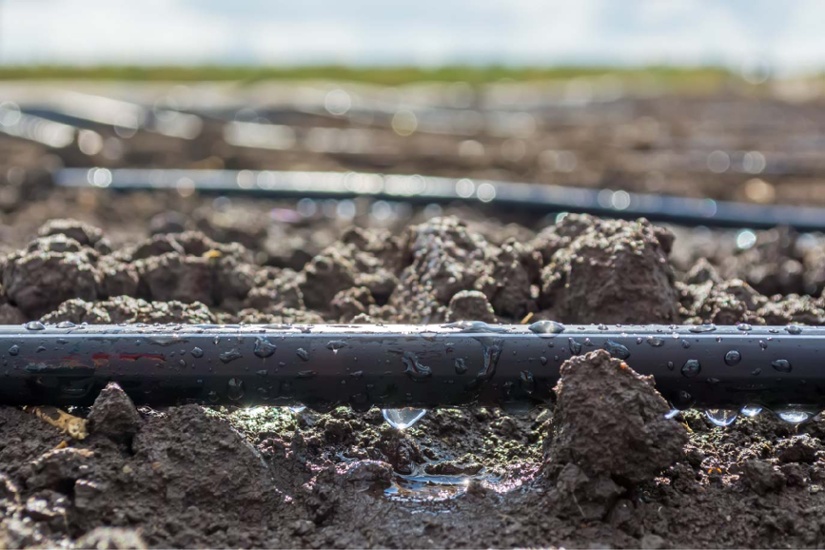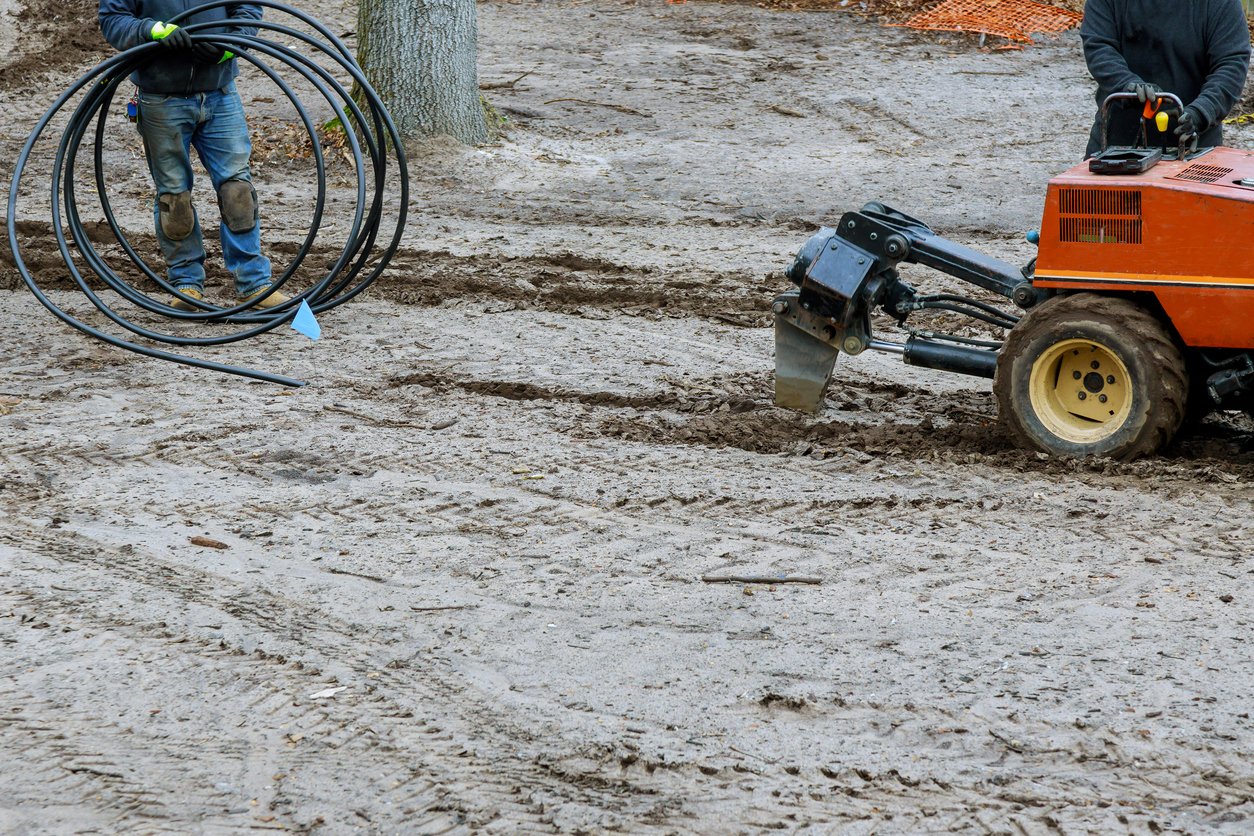"Maintenance and management of the irrigation system is probably one of the most important aspects of farming. In California, where we don’t have any measurable summer rainfall, irrigation is mandatory—and if you aren’t going to maintain the system, it will hurt you in the long run."
That's the prognosis from Dr. Dan Howes, professor at California Polytechnic State University and among the state’s foremost experts in irrigation systems engineering.
Howes has made a lifelong study of water and agriculture—beginning on his family’s farm in the San Joaquin Valley. An undergraduate course on irrigation at UC Davis set him on a path to a degree in agricultural systems and environment, with summers spent on research in nut trees with Dr. Dave Goldhammer. From there, he went on to a masters degree at Cal Poly under Dr. Charles Burt, and later a PhD in civil engineering focused on open channel hydraulics and flow measurement.
In Howes' view, investing in irrigation system maintenance is critical to farmers' bottom line. That means taking a proactive approach to keeping systems performing at their best, rather than simply responding to problems as they arise. This is especially true for growers with complex drip systems, in which common issues like clogs, leaks, and pressure issues may not be visually apparent until after they've had a significant impact on crop health.

To make the most of your irrigation system—and prolong its useful life—Dr. Howes recommends keeping these things in mind.
Consider the source
Effective maintenance of an irrigation system takes into account the nature of the water in it. Well water and surface water need to be treated differently. Surface water pulled from a reservoir can come with its own impurities—and growers can't assume well water is free of contaminates, either. Proper testing can provide an accurate assessment of water quality to inform a successful management strategy.Set yourself up for success
Even a well-maintained system will produce suboptimal results if it's not the right match for your crops, terrain, or filtration needs. So when it comes time to add a new irrigation system on your farm, take a thorough approach: if you manage an orchard, it's an investment you'll be working with for the the next 25-40 years.
Howes recommends working through the Irrigation Association to find a Certified Irrigation Designer who has completed training from the Irrigation Training and Research Center or a similar organization. Soliciting and comparing bids from multiple design firms can help ensure value for your money—and potentially expose you to new equipment and technology you may not have otherwise considered. But make sure you utilize the IA's Irrigation Consumer Bill of Rights to fairly and accurately compare bids.

Keep up with day-to-day maintenance
Don't assume that filters alone will keep systems clean. Howes recommends injecting chlorine or acid into the lines to prevent buildup of bacteria and calcium carbonate.
If you have surface water, Howes advises flushing the lines every two weeks and injecting low concentrations of chlorine (e.g., so you obtain 0.5 ppm at the ends of the hoses in the farthest location in the field) for maintenance. Higher-concentration injections (e.g., 5 ppm at hose ends at the farthest location away from the pump in the field) may be to clear up existing problem and for winterizing the system.
At the end of the season, winterize the system by flushing hoses or tape while injecting chlorine so that you obtain 5 ppm of chlorine at the ends of the hoses furthest from the pump. For each block, open all the hoses while the system is operating, and inject the chlorine. Then use a pool test kit (or similar chlorine test) to test the liquid coming out of the lines. Once the concentration is reached, close the lines and shutdown the system. Complete this for each block.
Don't forget uniformity testing
Dr. Howes recommends getting a distribution uniformity evaluation every four years—more frequently if you're working with a suboptimal water source.
The Irrigation Training and Research Center has mobile labs that will run distribution uniformity tests. Local Rural Conservation Districts can also help.
